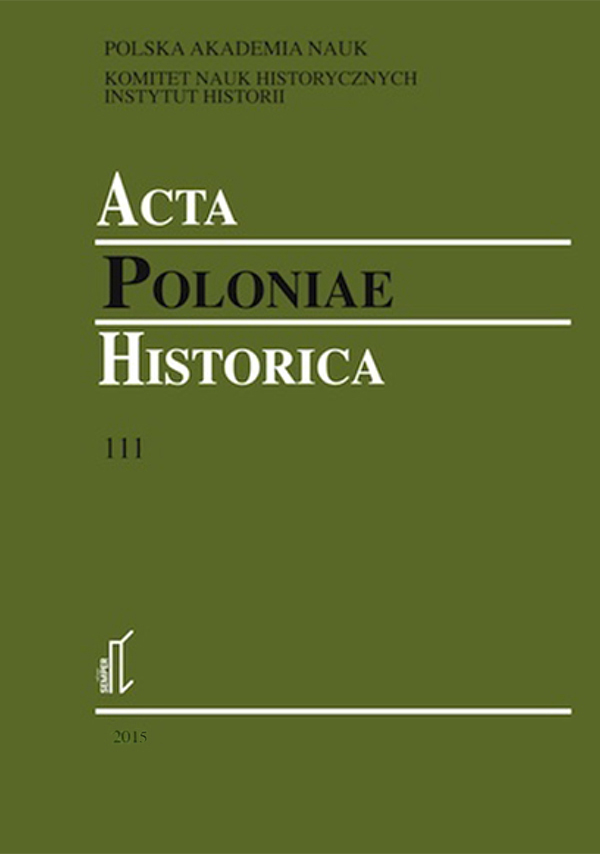The Victors of a War that Was Not Theirs: First-World-War-Veterans in the Second Republic of Poland and Their European Peers
DOI:
https://doi.org/10.12775/APH.2015.111.04Keywords
war veterans, First World War, II Republic of Poland, Polish Legions, Czechoslovak LegionsAbstract
This article’s aim is an analysis of the status of Polish veterans of the Great War in interwar period. Their position is discussed in a European context. The author underlines dichotomy between ex-servicemen from former Austro-Hungarian, German or Russian armies (constituting vast majority of the veterans in the Second Republic of Poland) and the ‘independence fighters’ (i.e. soldiers from the voluntary Polish formations like Legiony Polskie) in terms of their legal status and symbolic position. State privileged the group of former Piłsudski’s Legionnaires and other ‘independence fighters’. At the same time the majority of ‘ordinary’ veterans was offered little more than ‘compassion’. Unlike in Germany or France, First World War veterans did not form any important mass movement. The dominant position of the relatively small group of ‘Polish soldiers’ over masses of ‘soldiers-Poles’, similar to the position of former Czechoslovak legionaries, can be therefore treated as specific to the new states of East Central and Southeast Europe.References
Borodziej Włodzimierz and Górny Maciej, Nasza wojna, i: Imperia (Warsaw, 2014).
Eichenberg Julia, Kämpfen für Frieden und Fürsorge. Politische Veteranen des Ersten Weltkriegs und ihre internationalem Kontakte, 1918–1939 (Munich, 2011).
Henschel Christhard, ‘“Jeszcze nas straszą żywe upiory bez nosów...” Kilka uwag o miejscu kombatantów i inwalidów wojennych w społeczeństwie polskim w latach 1918–1939’, in Mateusz Rodak (ed.), Margines społeczny II Rzeczypo¬spolitej (Metamorfozy społeczne, vi, Warsaw 2013), 86–103.
Jabłonowski Marek, Sen o potędze. Z dziejów ruchu byłych wojskowych w II Rzeczypospolitej (1919–1939) (Olsztyn, 1998).
Mierzwa Janusz, Kombatancki Kraków 1918–1939 (Cracow, 2002).
Prost Antoine, In the Wake of War. ‘Les Anciens Combattants’ and French Society 1914–1939 (The Legacy of the Great War), tran.Helen McPhail (Oxford, 1992).
Šedivý Ivan, ‘Zur Loyalität der Legionäre in der Ersten Tschechoslowakischen Republik’, in Loylitäten in der Tschechoslowakischen Republik 1918–1938. Politi¬sche, nationale und kulturelle Zugehörigkeiten, Martin Schulze Wessel (ed.) (Munich, 2004).
Stegmann Natali, Kriegsdeutungen – Staatsgründungen – Sozialpolitik: Der Helden-und Opferdiskurs in der Tschechoslowakei 1918–1948 (Munich, 2010).
Winter Jay, Sites of memory. Sites of Mourning: the Great War in European Cultural History (Cambridge, 1995).
Downloads
Published
How to Cite
Issue
Section
License
Title, logo and layout of journal are reserved trademarks of APH.Stats
Number of views and downloads: 591
Number of citations: 3



